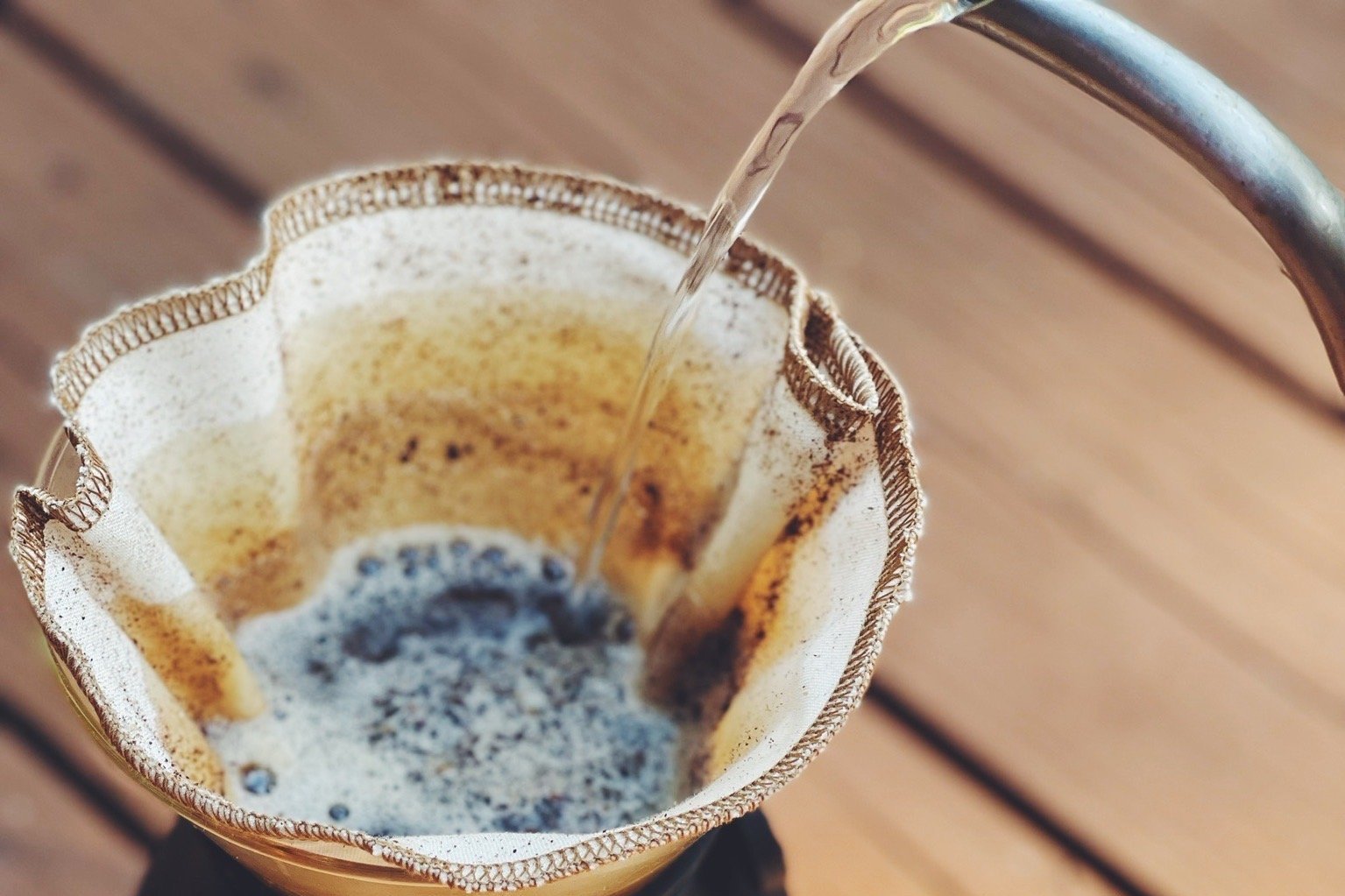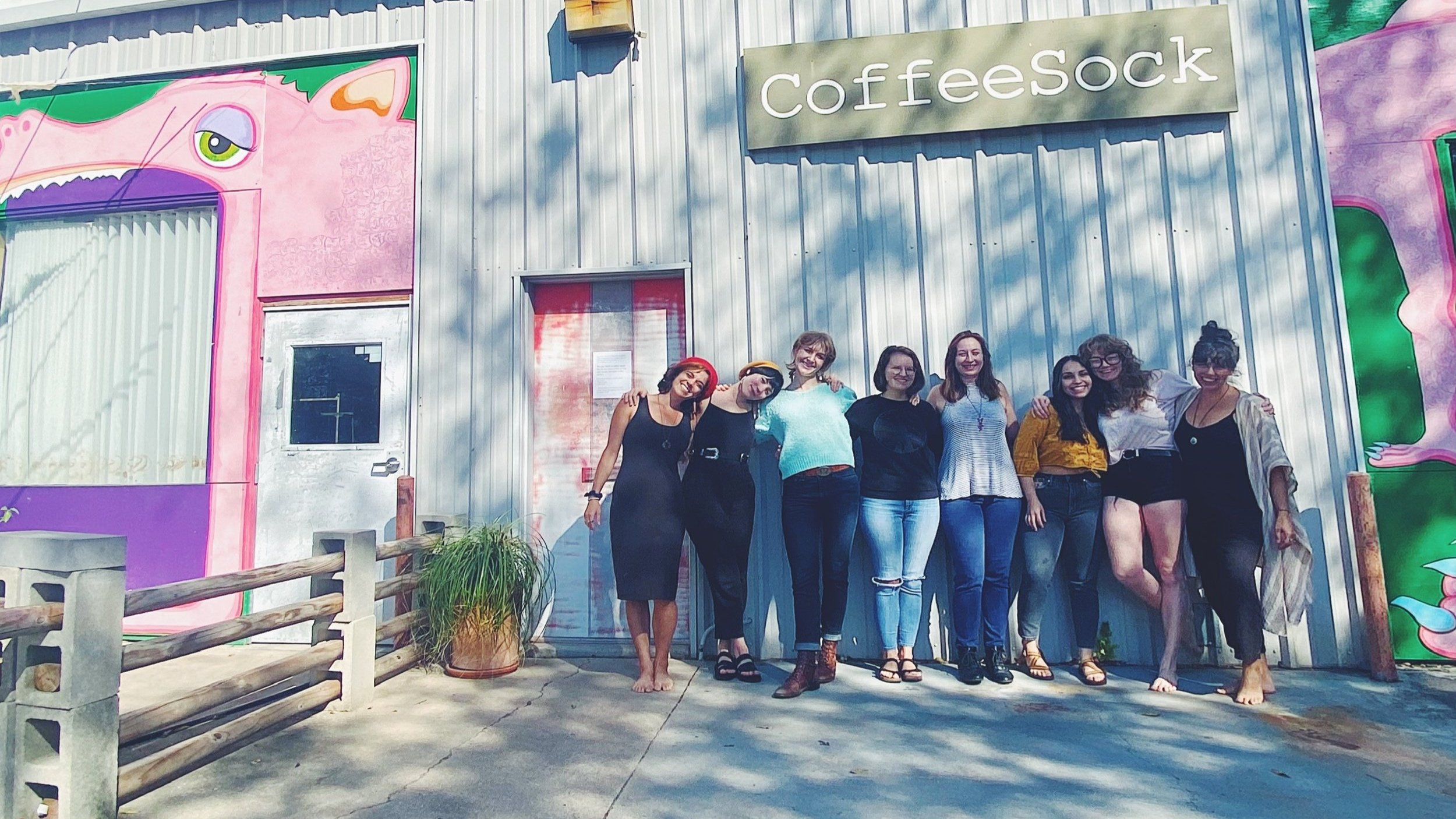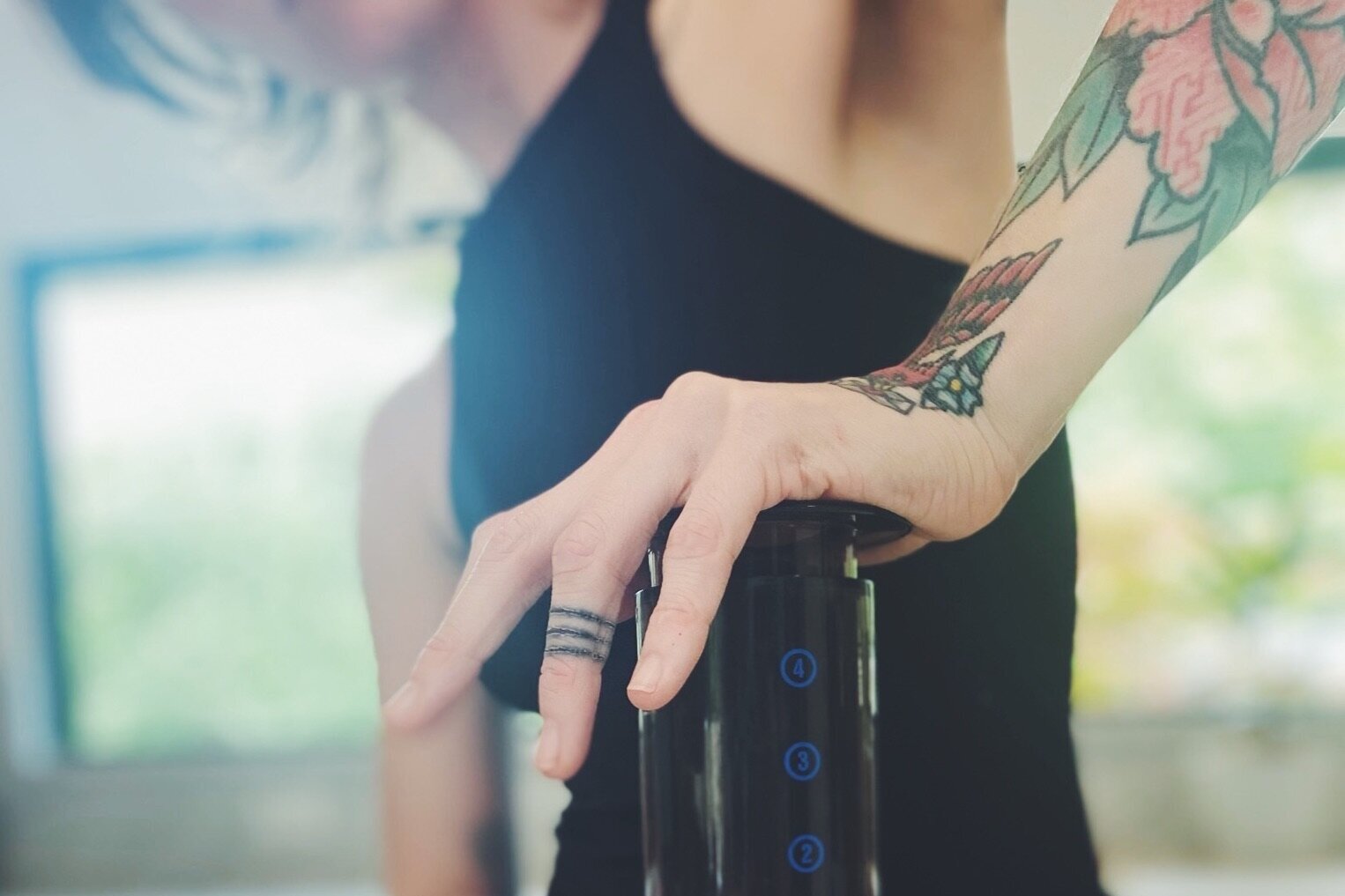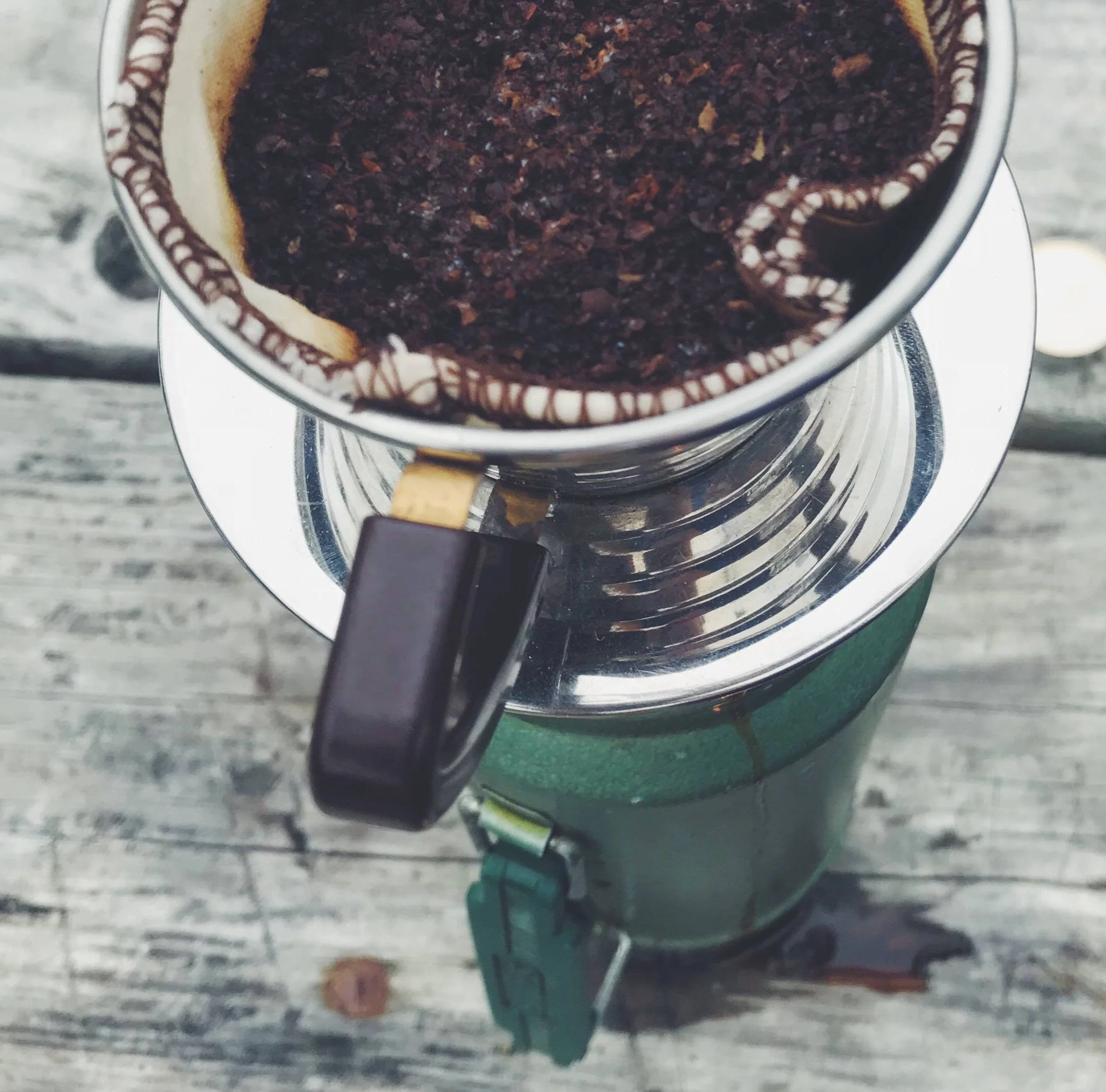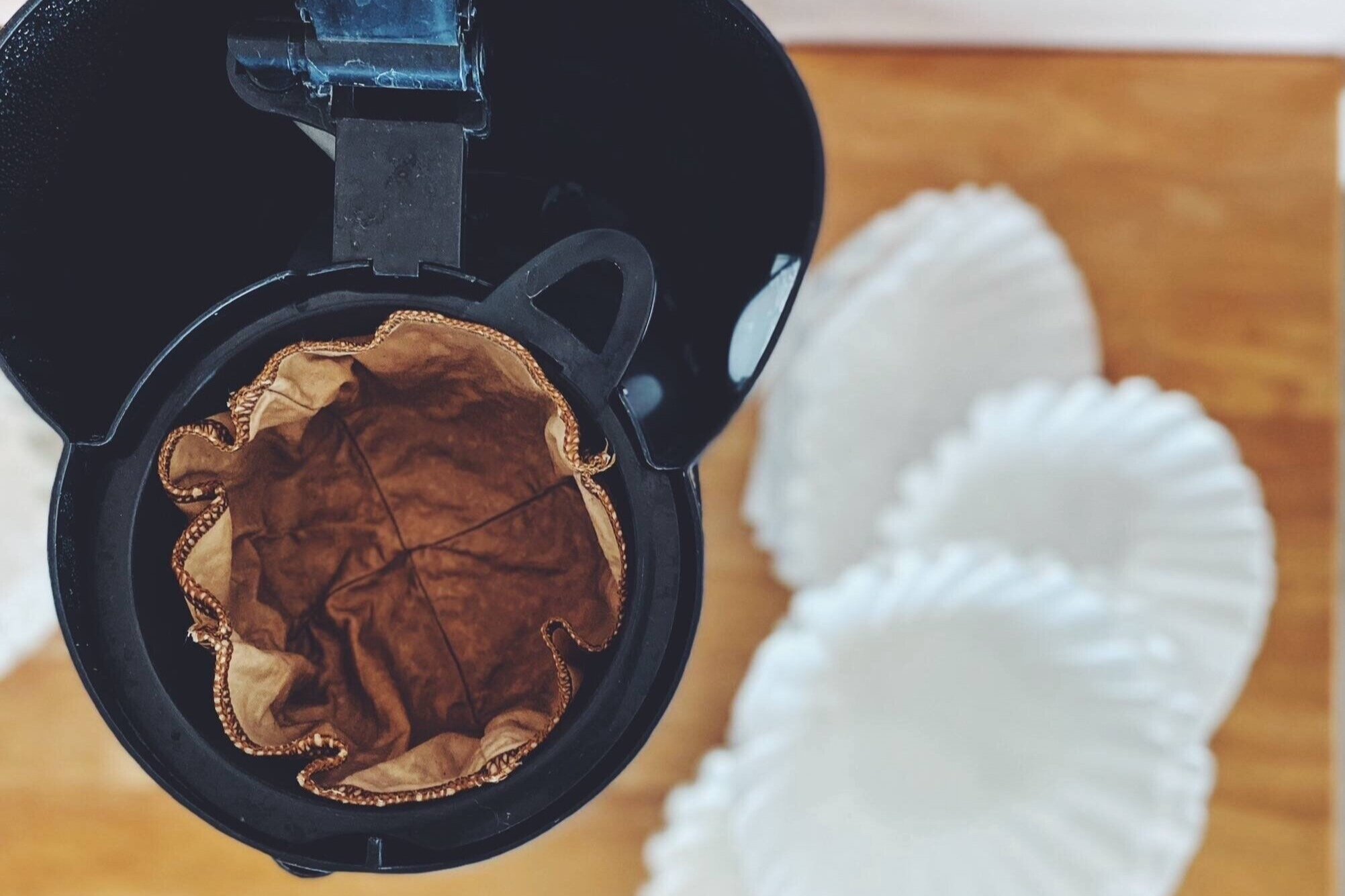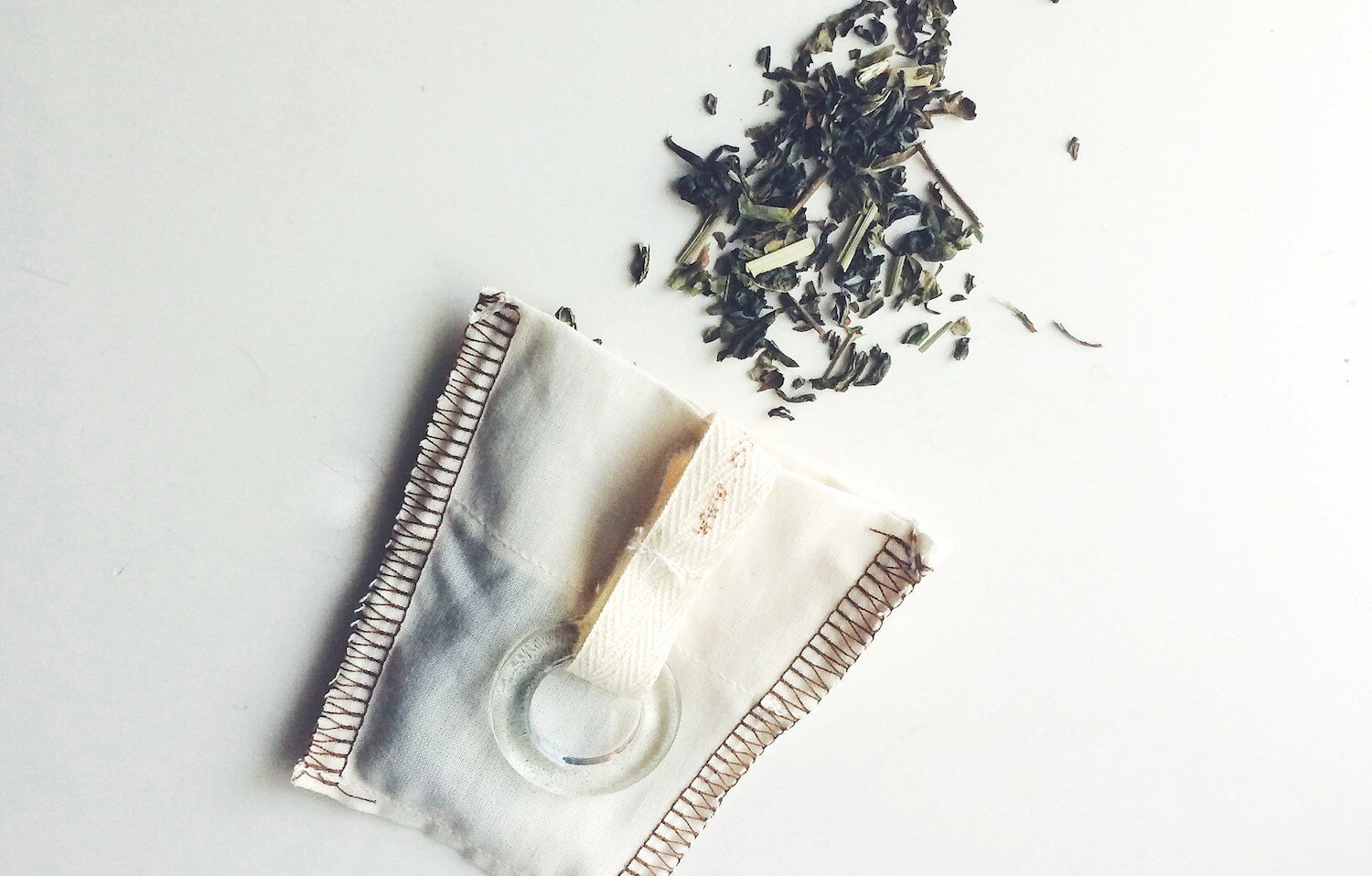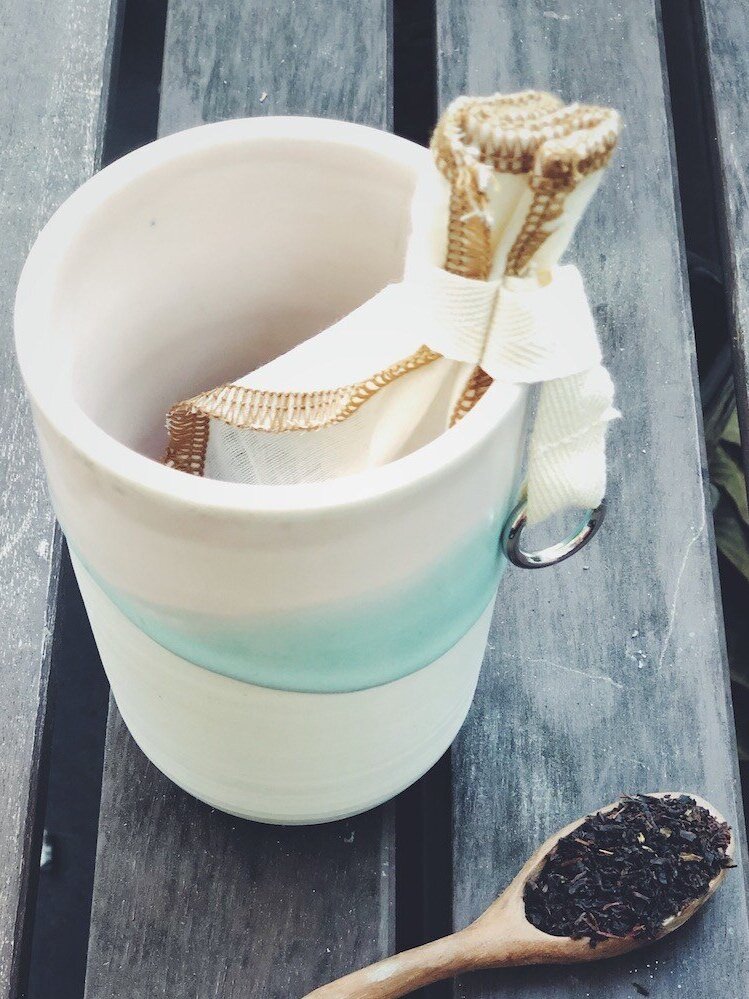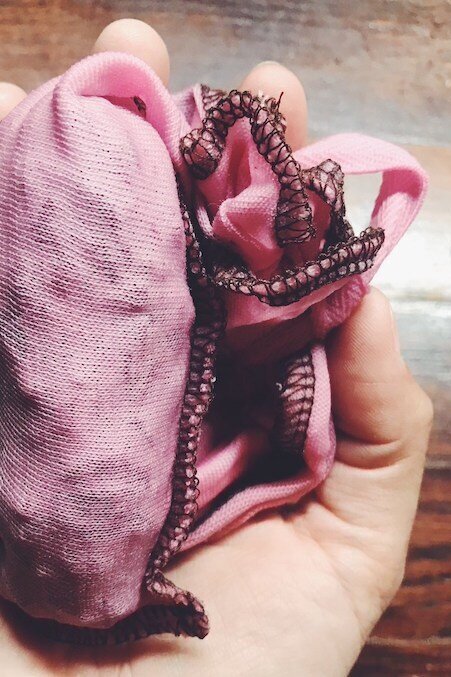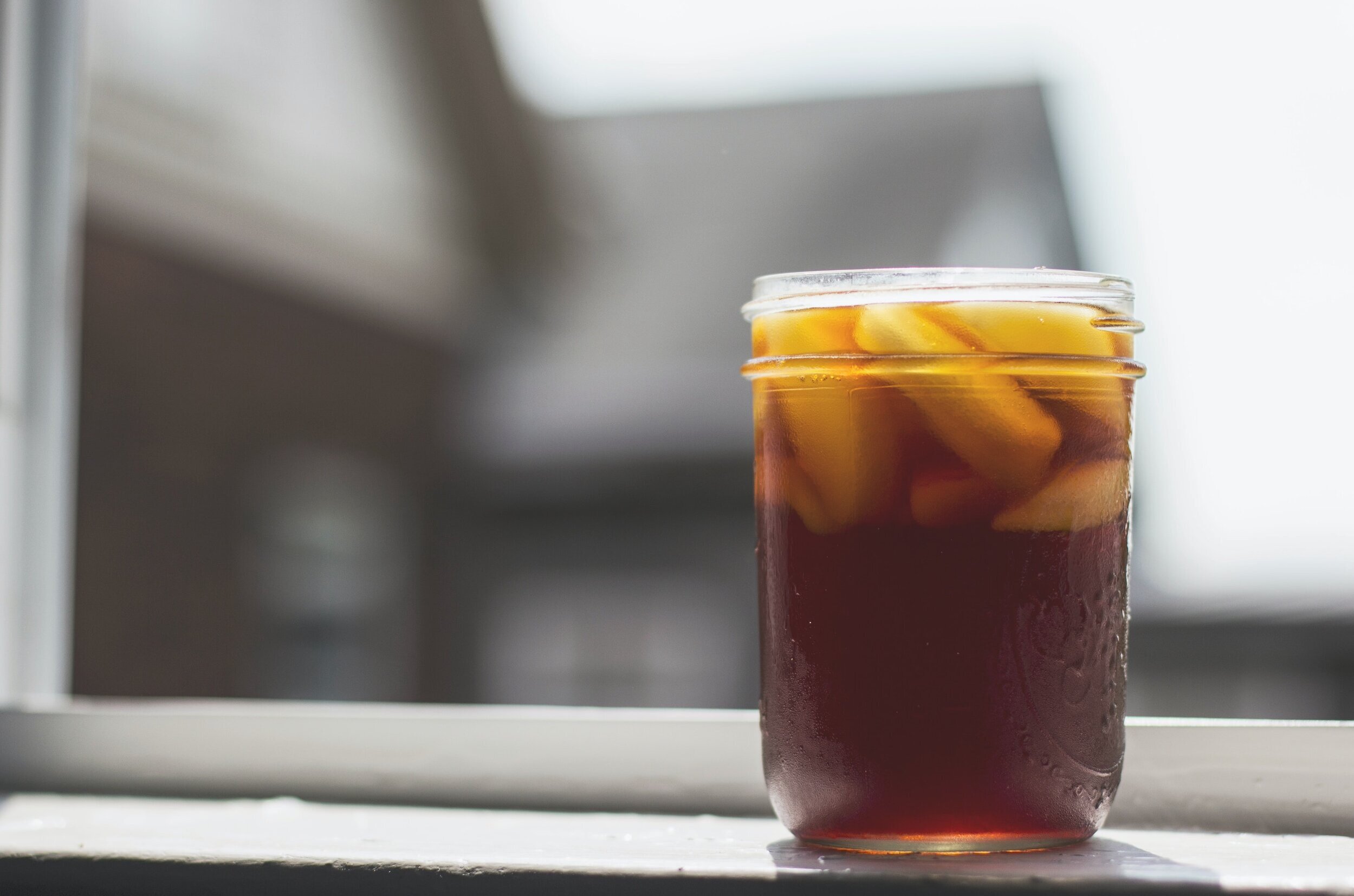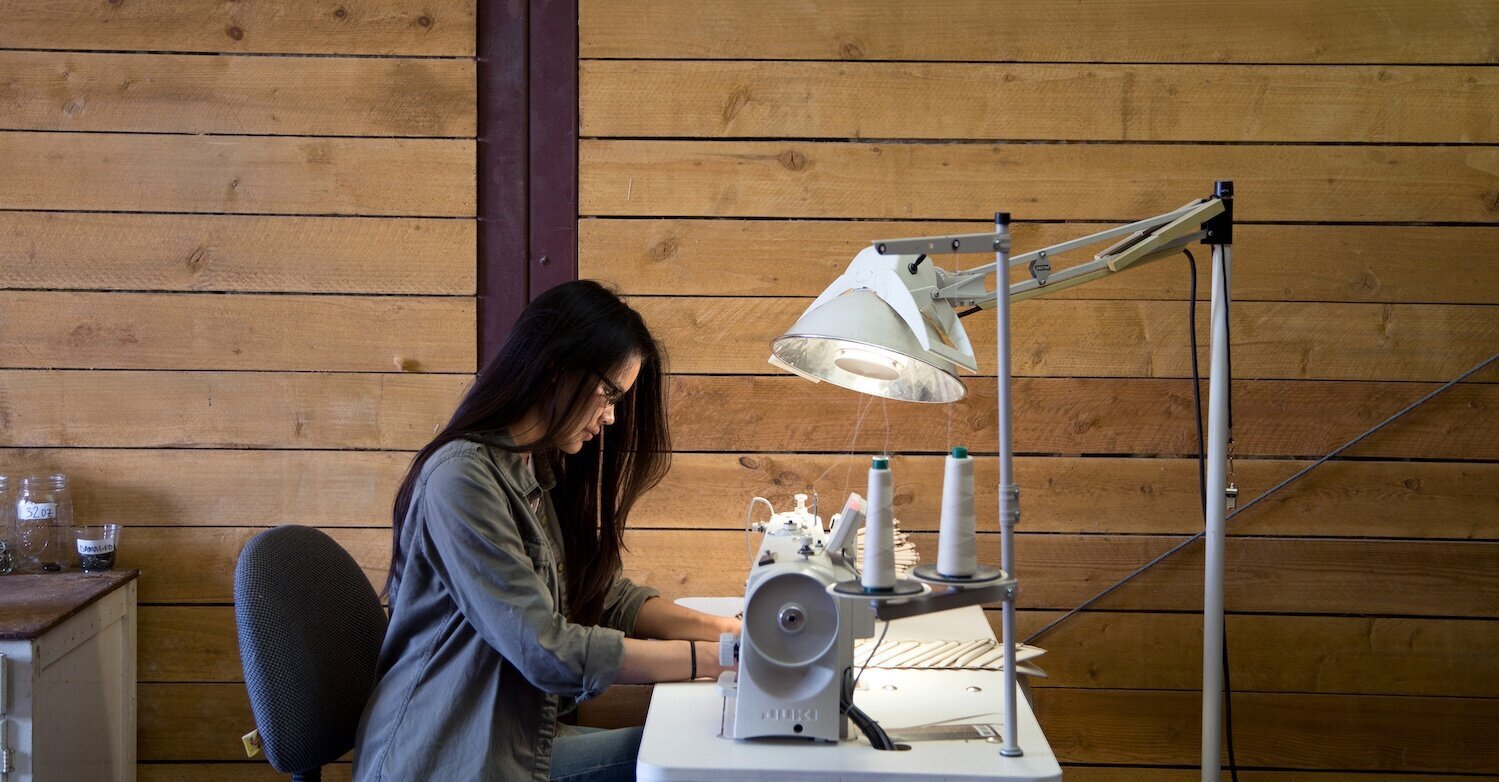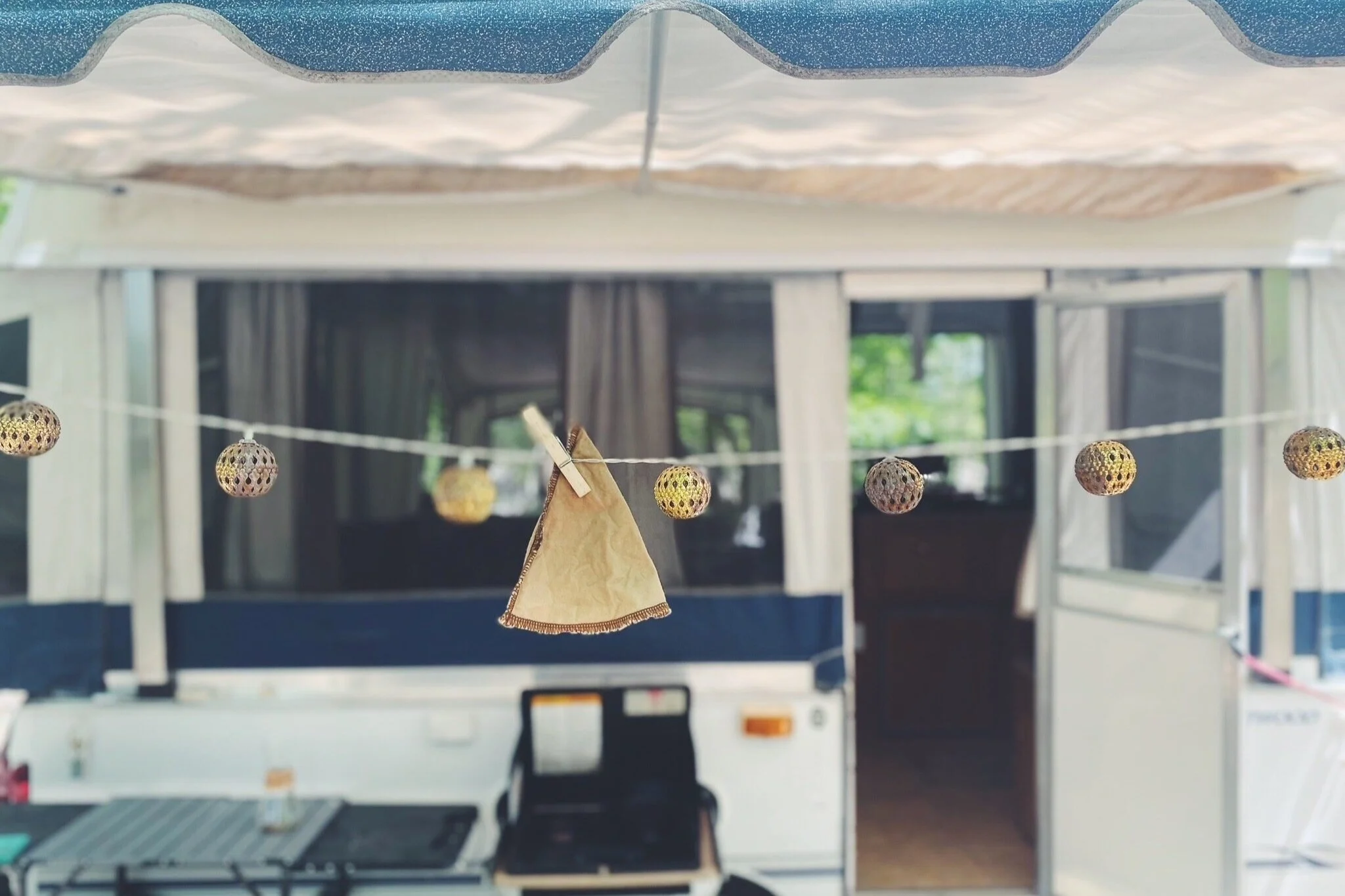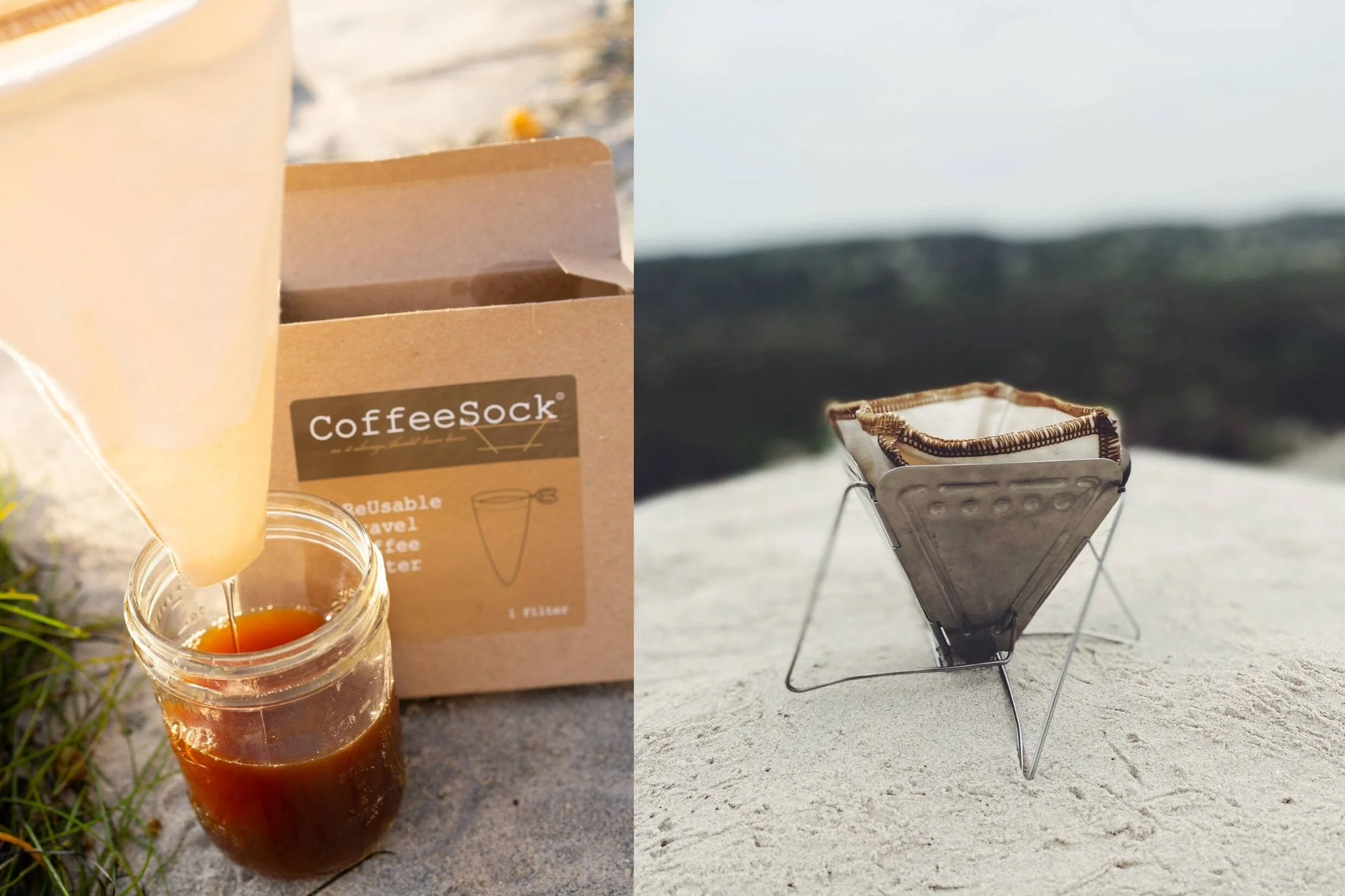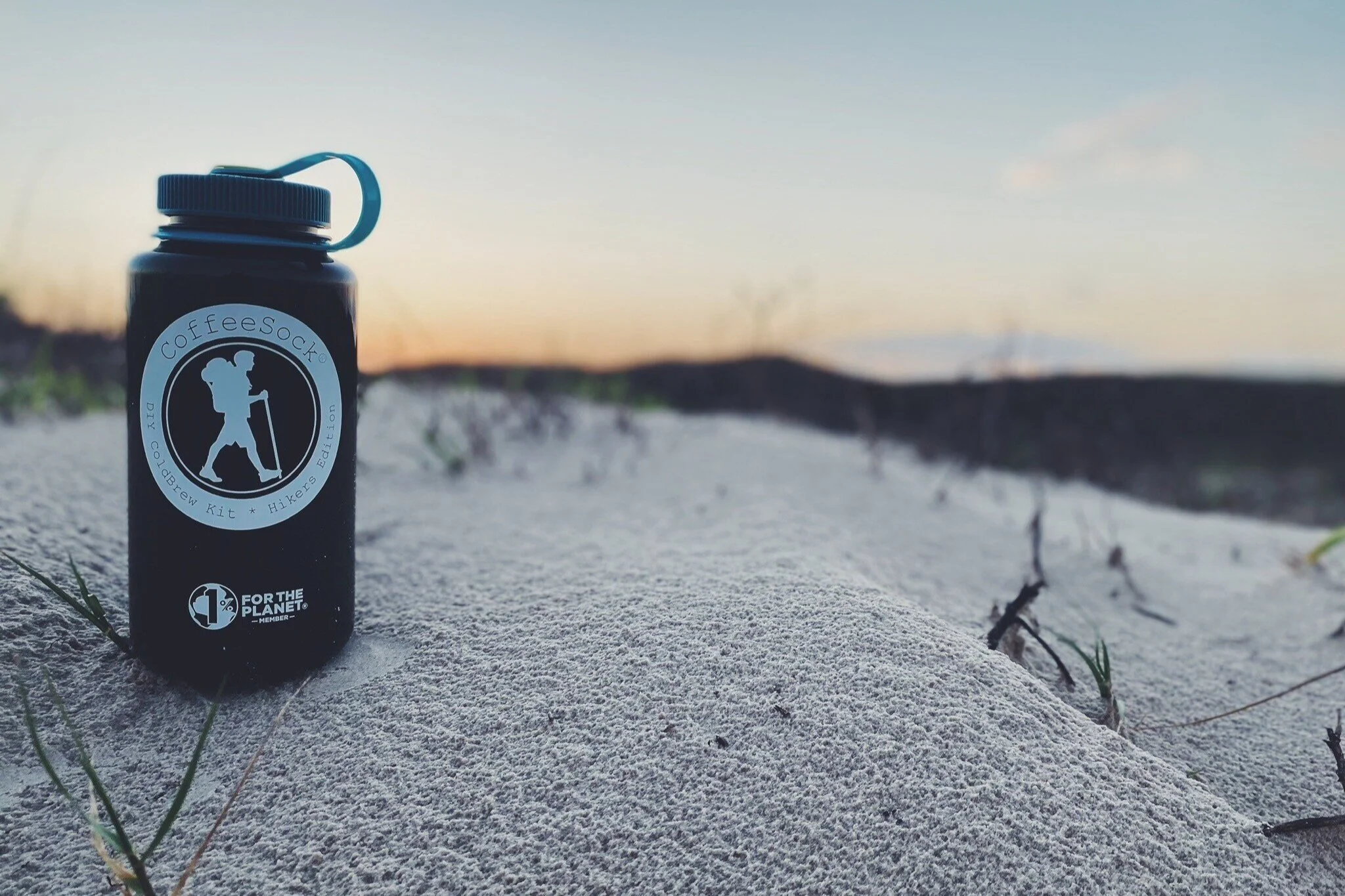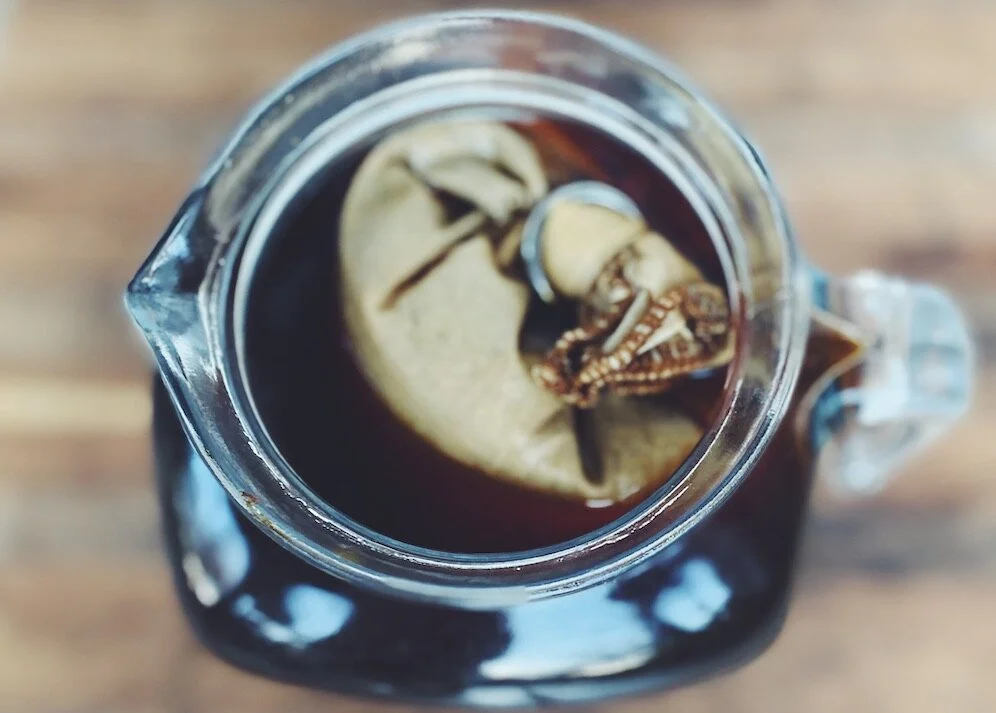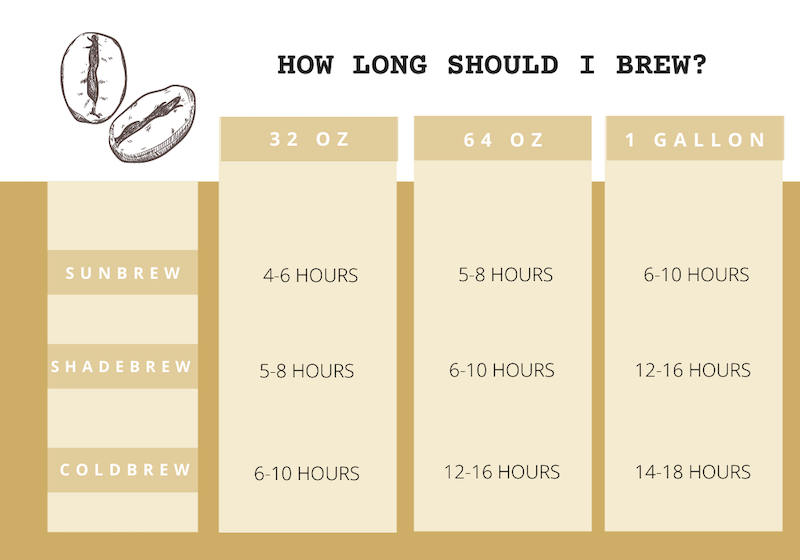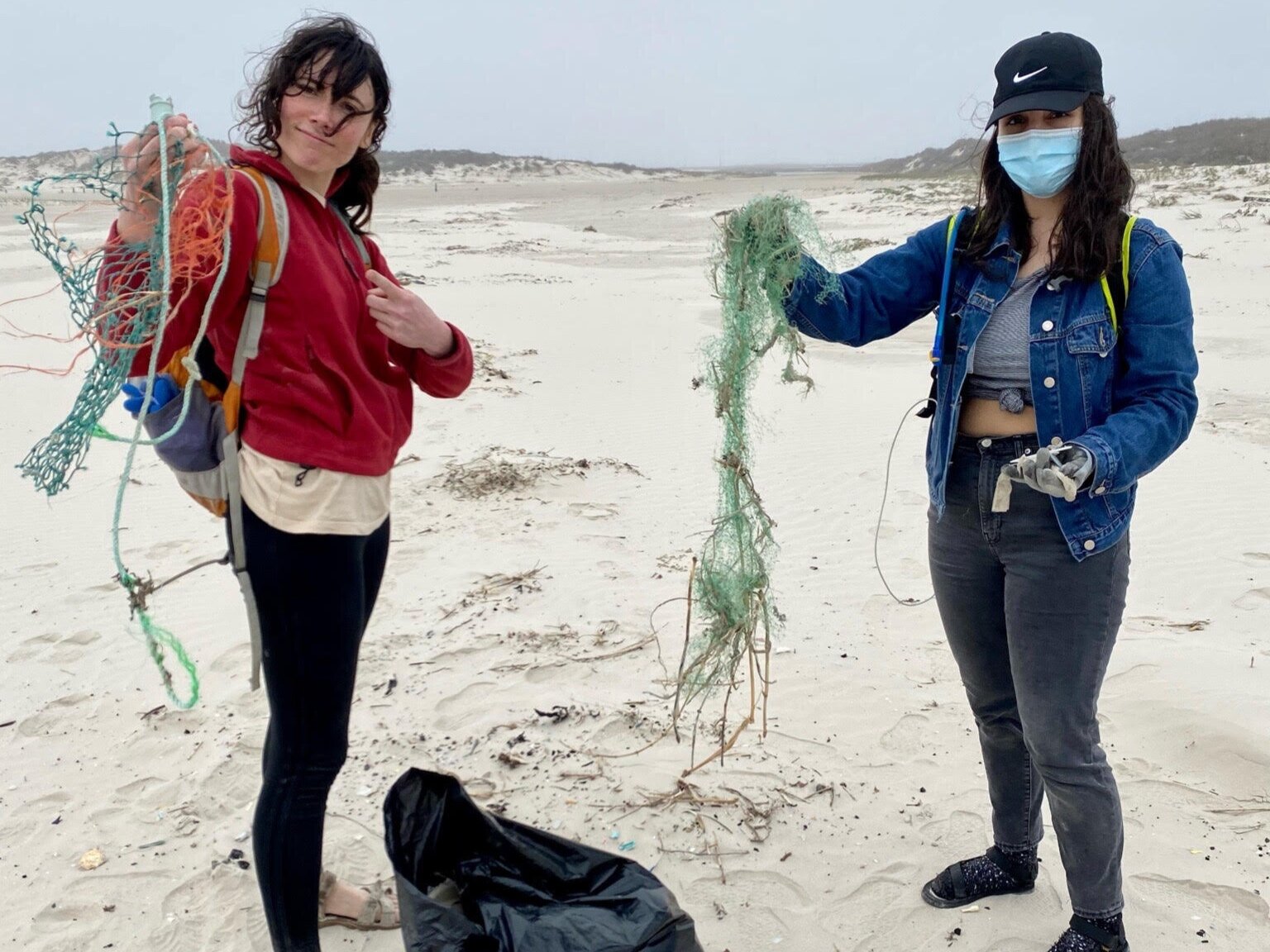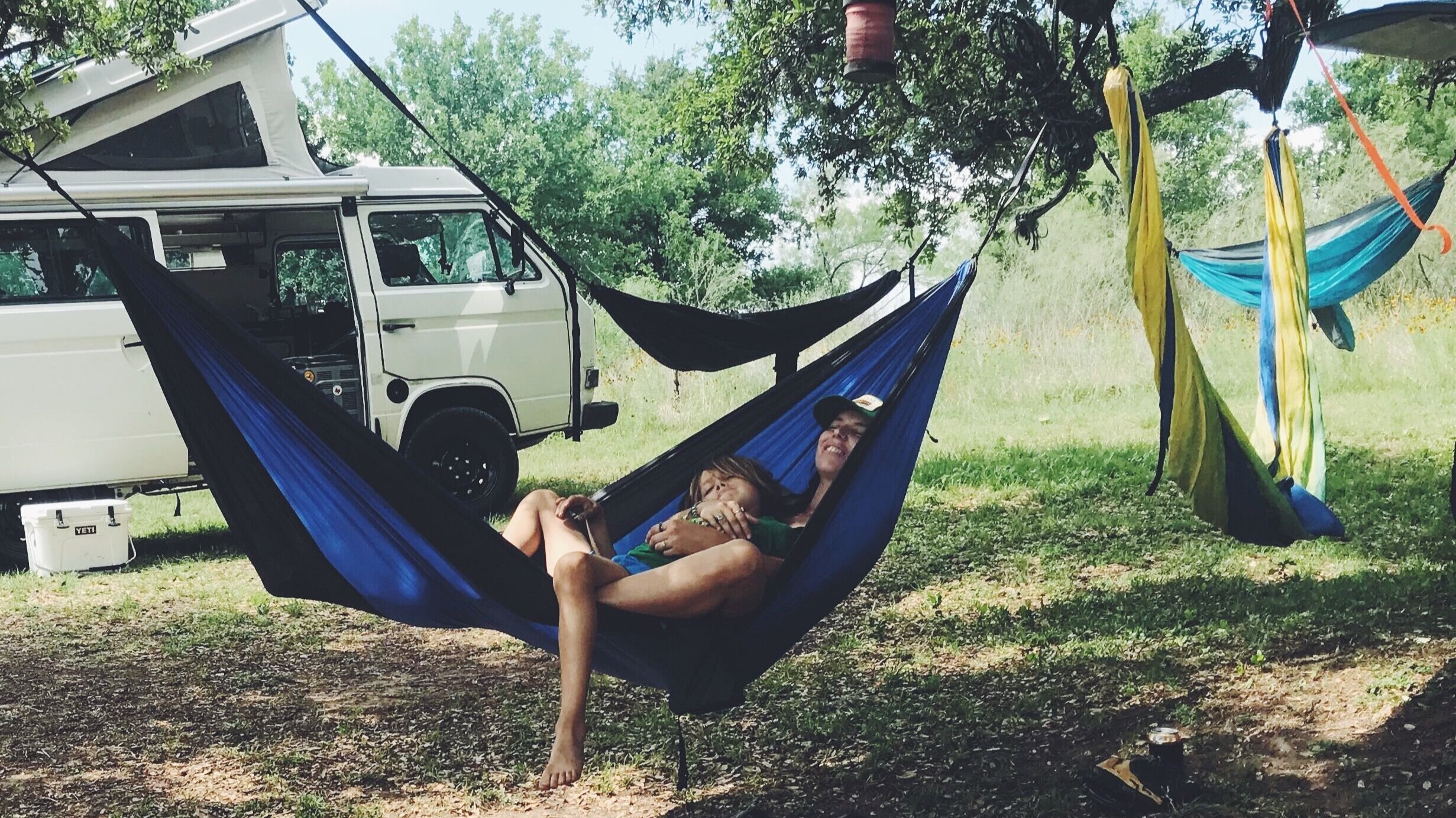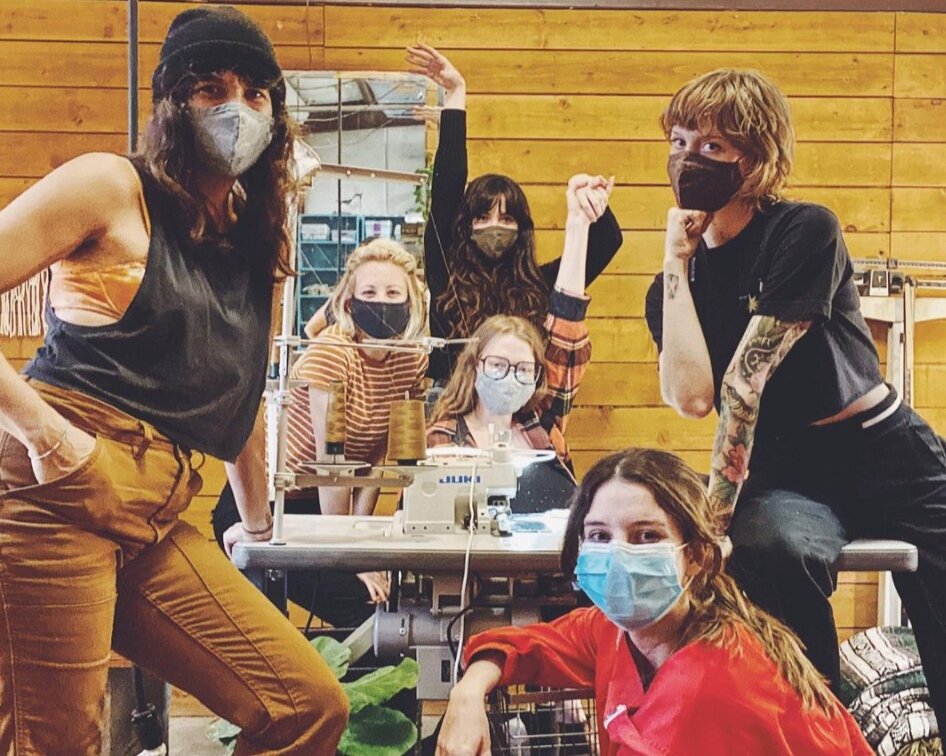The Japanese brand Hario makes a popular line of beautifully designed pour over drippers. The V60’s shape allows you to dial in your perfect cup of coffee. Swap out the paper filters for cotton and get an even better brew.
If you’re a fan of the Hario brand or just Hario-curious, you’ve probably seen their popular line of V60 pour over drippers and gooseneck kettles (perfect for pour over coffee). The V60 is popular for good reason—it’s beautifully designed, long-lasting, and comes in multiple sizes, materials, and colors.
We keep a sturdy plastic model in our camp kit for an excellent brew in the woods. And the design of the ceramic and glass models look gorgeous on a countertop and make great gifts.
But the Hario shape is about more than beauty. It gives you control over the coffee grind size, flavor, and strength of your brew. To make it even smoother and avoid any papery taste, swap out the paper filter for a reusable cotton filter specially designed for your Hario V60.
About the Hario company
The Hario company was founded in Tokyo in 1921 to make and sell glass instruments for laboratories. By the 40s, the company had researched and perfected their heat proof glass and expanded into making coffee carafes and other glasswares.
While the company has since expanded all over the world, they continue to make glass products in Tokyo.
In short, the Hario company has been researching and manufacturing high quality products for more than 100 years. And their V60 drippers and other coffee-making supplies benefit from their early research in lab instruments with an intentionally designed shape and look.
What is Hario V60?
The Hario V60 is a V-shaped coffee dripper that sits right on top of a coffee cup or serving vessel. You add a filter and coffee grounds, and pour hot water through to brew the coffee. But that’s a super basic way to describe how you make pour over coffee.
Check out our guide to pour over coffee for great detail.
If you’ve seen multiple pour over drippers, you’ll notice that the Hario V60 has a more conical shape than some and features wavy ridges down the side on the inside of the dripper. According to Hario, that’s more than a fashion choice.
According to the company’s website, “The V60's conical shape allows for deeper layering of coffee grounds, and its spiral ridges and lack of flow restriction allow the user to pour the water quickly for a delicate body or slowly for a heavier flavor.”
In other words, with slight changes to the way you pour or the size of your coffee grind, you can change the flavor of your cup to suit your liking.
How to use the V60
To make a single cup of coffee with your Hario dripper, start with about 15 grams of medium to medium-fine ground coffee and about 17 times that much water, around 250ml. For two cups, double the amounts.
Boil your water. Your water will be around 100 degrees when you pour it, give or take a few degrees.
Wet the filter. We recommend you use a cotton filter (we explain below), but whether you’re using cotton or paper, pour your hot water over the filter and into the cup or pitcher. This primes the filter, removes the paper flavor if you’re using paper, and warms the container below. Be sure to pour out the water after a few seconds.
Add your coffee to the filter and bloom. Add ground coffee to the damp filter and even it out. Some people put a small “dent” in the center with a spoon to encourage the water to flow inward through the coffee instead of outward towards the filter. Using a gooseneck kettle for maximum control, slowly pour about 50ml of hot water over the grounds in a large circle starting on the outside and moving towards the center until grounds are evenly wet. Let it sit for 30 seconds to “bloom” and de-gas.
Finish pouring the water. Pour the rest of the water in slow circles, avoiding the outside edge or the very middle. It should take about 90 seconds to finish pouring the water. You can stop every few seconds if it seems like the filter is getting too full of water.
Allow the coffee to drain through, and give the grounds a stir. Allow the water to completely drain through the grounds, giving a light stir of the coffee grounds after a few seconds to encourage the process.
Experiment with slight variations on the grind size and your pour speed to get the coffee flavor just the way you like it. If you notice the water draining too fast, use a finer grind size. Too slow? Make it a bit coarser next time.
Which V60 should I use?
The Hario V60 comes in three sizes.
The 01 is your best bet for a single serving.
Choose the 02 if you consistently want more than one cup or if you’re making coffee for up to four people.
Choose the 03 if you’re making coffee for up to six people—or two people who each want multiple cups.
Can I make one cup in an 02 or 03?
Yes, but…. If you’re trying to be efficient and choose an 03 because you sometimes serve five people but usually only want one or two cups, be aware that the grooves and opening on the 03 will alter the way a smaller amount of coffee tastes.
You can totally make one cup of coffee in an 02 or 03, but you’ll want to go with a small grind size and experiment with your pour to get it just right.
Hario sells their own paper filters, why choose a cotton filter instead?
The Hario paper filters are designed by the company to work with their product, so it’s very tempting to use them. But cotton filters make a better cup of coffee.
Why? Two key reasons: Better flavor and less trash.
Coffee made with cotton filters tastes better.
If you watch all the videos of knowledgeable baristas showing you how to make the perfect cup of coffee, you’ll inevitably hear them tell you to wet the filter to remove the papery flavor. That’s because paper imparts flavor. Sadly, the bleached paper filters impart the least flavor, but at the expense of adding chemicals into the process of creating the filter.
Organic cotton imparts no flavor and is made with no chemicals. It makes a brighter, more balanced cup of coffee.
Cotton filters keep trash out of landfills
Humans consume 2.25 billion cups of coffee every day. Assuming that at least 1/3 of those cups are currently made with paper filters, we throw out about 750 million paper filters daily and 275 billion each year.
In one year the volume of trash created by the filters only (not counting the grounds) is enough to fill 128 buildings the size of the Louvre to a height of 10 feet.
Organic cotton on the other hand is reusable and totally compostable. You’ll use your organic cotton filter for several months and when it’s time to replace it, you can put it right in the compost bin. CoffeeSock products are organic down to the thread.
Choose your filter
Check out organic cotton filters designed specifically for the HarionV60 01, 02 and 03 drippers.


